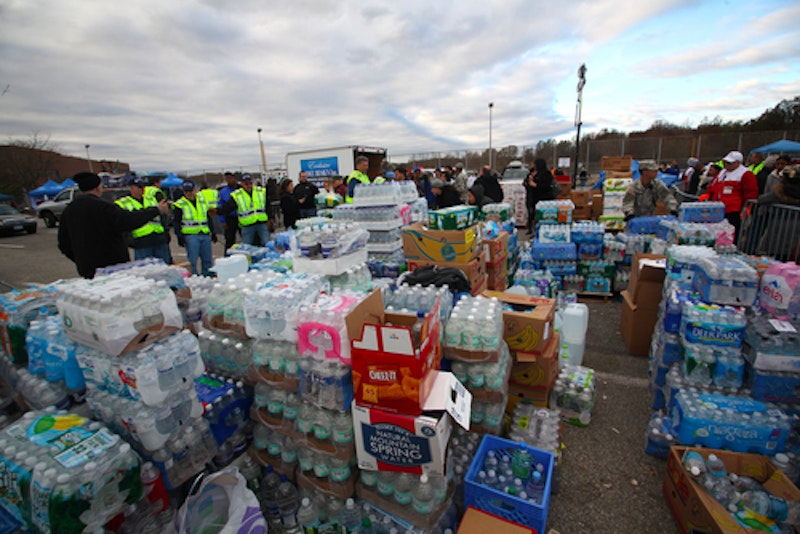Study Notes
GCSE Geography | Immediate and Long-term Responses to Weather Hazards (Weather Hazards 9)
- Level:
- GCSE
- Board:
- AQA, Edexcel, OCR, Eduqas
Last updated 19 Jul 2023
After a weather hazard occurs immediate and long-term responses help the recovery effort - but these may differ between countries at different stages of economic development.
Immediate responses
Immediate responses are the aid and assistance that are given within the first few hours or days following a disaster. These are often referred to as the emergency responses, and they are vital in reducing the death toll, particularly in low income countries.
Immediate responses include evacuating people following a warning, using weather forecasting means that people generally know when and where a storm will hit. They also include the search and rescue effort, trying to rescue people trapped under buildings that have been flattened by winds for example, as well as using social media to aid search and rescue operations. In addition, they include medical care for the sick and injured, this might be in the form of checking people for broken bones or administering pain killers or antibiotics. Furthermore, they also include providing temporary shelter for those who have lost their homes, usually in the form of large community buildings. Finally providing food and clean bottled water is an important part of the immediate response effort as food and water supplies are often destroyed in a tropical storm – widespread flooding often lead to outbreaks of waterborne diseases such as cholera. The main aim of immediate responses are to minimize the loss of life. Usually in low income countries the victims are dependent on support from high income countries, so emergency aid may take a few days to come through, which is one of the reasons the death toll in LIC events tends to be higher.
One problem that makes the immediate response difficult is that tropical storms often hit island nations, like those across the Caribbean, which means ports and airports are vital when bringing in supplies - however these are often out of action due to storm damage.

Long-term responses
Long-term responses are those that take place in the weeks and months after a hazard event, and focus on the re-building and reconstruction of areas that have suffered extensive damage. The aim is to help people return to their normal lives as quickly as possible, and to also reduce the risk of damage from natural hazards in the future.
Long-term responses include restoring essential utilities that have been affected by the tropical storm, for example repairing gas mains and electricity cables, to ensure that energy sources are restored, as well as repairing water pipes to make sure that people are not without a supply of drinking water for too long. Buildings have to be repaired or rebuilt – both domestic and commercial properties, but also there is the repair of transport infrastructure too, including roads and railways, as well as reopening ports and airports – this is extremely important as damaged infrastructure makes it very difficult to bring in emergency supplies. This process is very costly so can take years to happen in LICs. Another response is working to rehome people who are living in temporary accommodation - three months after Hurricane Katrina hit New Orleans in August 2005, over 50,000 families were still living in temporary housing.
Finally, long-term responses also include putting measures in place to minimize future risk of damage or loss of life, through monitoring, prediction, protection and planning - in terms of tropical storms this might mean building higher sea walls to hold back storm surges or building concrete cyclone shelters in low income countries.
You might also like

3 great simulation games for geography lessons
2nd February 2016
Storm Nate hits Central America
7th October 2017
Hurricane Dorian devastates the Bahamas
9th September 2019

Hazard Geography - The Causes and Consequences of Tornadoes
13th December 2021
Climate change to increase distribution of tropical storms
30th December 2021
